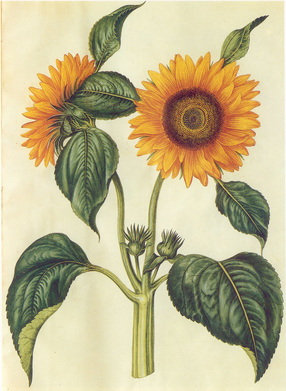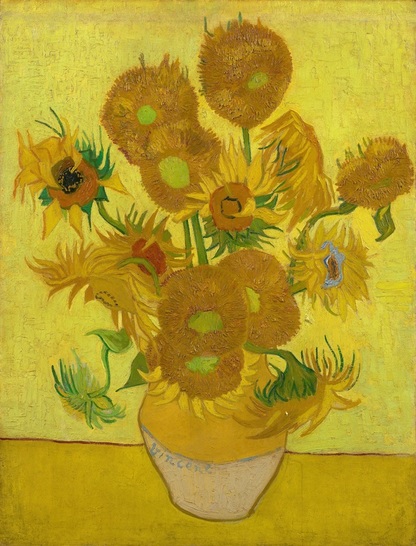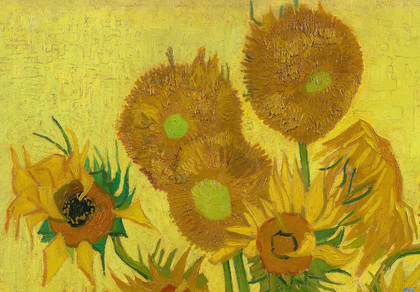What I’d like to do is talk about how art can give us insights into the nature of consciousness, insights that may not be available to discursive modes of inquiry such as traditional science and philosophy. I should note from the outset that by “art,” I don’t mean just the visual arts but also music, cinema, theatre, dance, literature—all forms of artistic expression. I should also note that my intention isn’t to discuss the metaphysical views of this or that particular artist, although some of these will briefly come into play; rather, the focus here is on what the things artists create—the works of art themselves—tell us about the nature of mind and matter, self and world, regardless of their authors’ personal beliefs. There is, I believe, a metaphysics that art as a medium endorses whenever its deployment results in a genuine artwork. In McLuhanian terms I am asking the question: What is the message of the medium of art with regards to the nature of consciousness?
Unlike science and philosophy as commonly practiced, art isn’t discursive. Artistic expression isn’t an attempt to represent reality as it might appear “objectively” to a pure intellect. On the contrary, artistic expression captures something in reality while preserving the artist’s intimate, direct experience of it. Works of art include the experiential dimension, everything we normally associate with “consciousness.”
In this painting, something familiar is reimaged in light of an ineffable newness that inhabits it and makes it an event. We suddenly see that there was never any such thing as “sunflowers” in the abstract, but only this event that the intellect classifies under a fixed concept, which for its part exists only in and for the intellect. In Reclaiming Art, I write: “Whereas the [botanical] diagram eliminates every anomaly in order to represent the abstract specimen, the painting eliminates all that is general in order to conserve only the anomaly. In other words art isn’t after the ideal model of a thing but its immediate manifestation, which is all that truly exists, experientially speaking.”
As an aesthetic enterprise, then, art isn’t concerned with the conceptual representation of the world. The aesthetic does not deal with concepts but with direct sensations or “affects.” The aesthetic defines an engagement with reality at the preconceptual level of instinct and intuition. Van Gogh’s picture conveys the sunflower as a pure sensation—that is, the sunflower as it appears prior to any conceptualization. That’s what makes it art and not botany.



 RSS Feed
RSS Feed